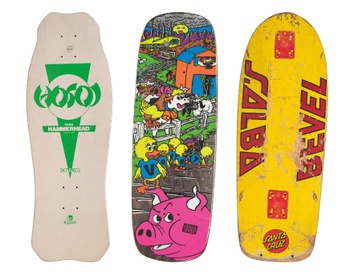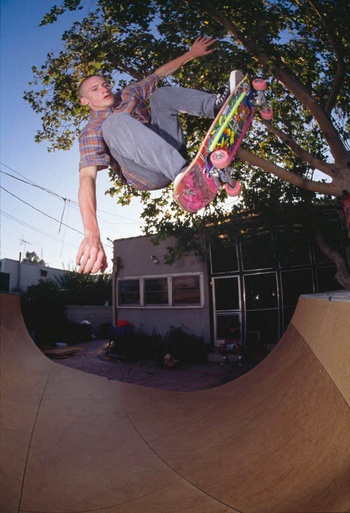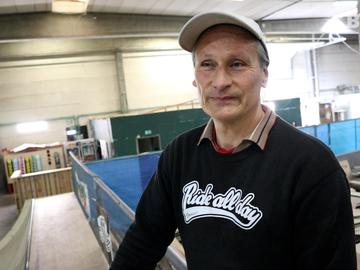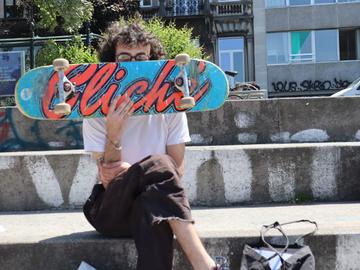Skateboarders have been clicking and clacking through public spaces for almost seventy years, with their versatile tricks and artistically styled decks. With the exhibition Skateboard, the Design Museum highlights their value as a means of artistic expression.

Skateboarding’s popularity peaked during Covid, and the sport made its debut at the 2021 Olympic Games in Tokyo. Surprisingly, Japan and Australia took home the gold, not the US, birthplace of skateboarding. The sport originated there as a pastime in the 1950s, when Californian surfers, lacking waves, wanted to bring the surfing feeling on land.
The Design Museum shows how those first designs were nothing more than some driftwood with a set of clay-rubber roller skate wheels. Urethane caused a revolution, because skaters gained more control over their boards, as did the concave shape of the decks. In the 1970s, empty swimming pools were taken over by the famous Z-Boys of Stacy Peralta and co., decks became wider and more colourful. Rodney Mullen showed that the city could just as easily be a playground, and emancipated street skating with ollies and kickflips. Skaters became outsiders who felt an affinity with the rebellious punk and hip-hop cultures. Thanks to icons like Tony Hawk, skateboarding became a global phenomenon, with professional competitions such as the X Games and, now, the Olympic Games.

©
Caleb J. Adams

©
Spike Jonze
| Mike Vallely, 1989
But skateboarding is more than a sport. It’s a culture. This is also evident in the strong connection the skateboarding community has always had with graffiti and street art. The underground nature of the sport attracted artists who wanted to move outside the mainstream. They used decks as their canvas; for users, it became a way to express themselves. The Brussels-based company The Skateroom put reproductions of artists like Keith Haring and Ai Weiwei on decks; Damien Hirst created limited-edition skateboards with his typical dot patterns. Even Roméo Elvis put some of his paintings on the wood of the boards, and Zwangere Guy designed decks with Brussels photographer Yaqine Hamzaoui.
Street cred in the white cube
No wonder skateboards are now also considered art pieces, and are therefore also exhibited. The interaction is a win-win. Skateboard designs are a way to make art more accessible, and museums and galleries bring some street credibility into the white cube. The Design Museum brought Skateboard over from London. The exhibition, curated by industrial designer and skater Jonathan Olivares, tries to do this in a playful way. In addition to the hundred or so skateboard models from, among others, female pioneer Laura Thornhill and Tony Hawk (on loan from the California Skateboarding Hall of Fame and Museum), there are also workshops, initiations, documentaries, and meetings with key figures from the (Brussels) scene. A skate ramp is even being built in the Design Museum’s garden, where you can show off your own tricks. After seeing this exhibition, you can only conclude one thing: skating is art, both on the street and in the museum.
Read more about: Brussel , Expo , skate , skateboard , tony hawk , rodney mullen , Brussels Design Museum




